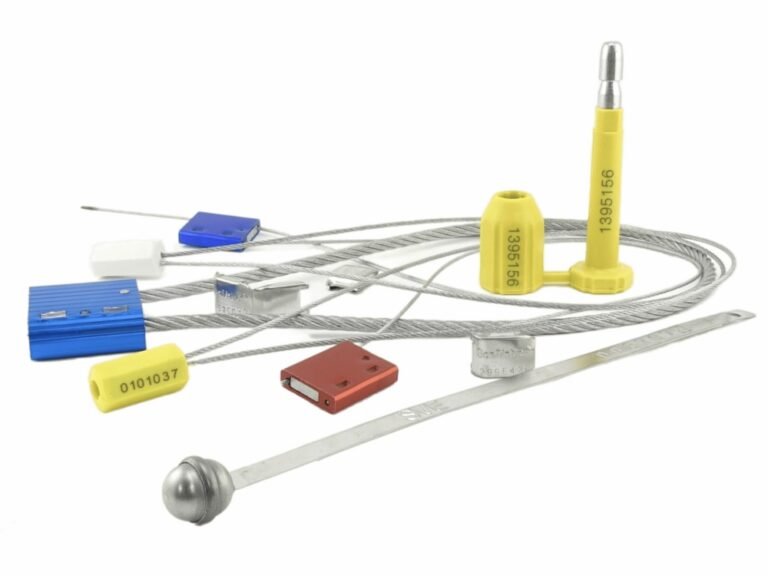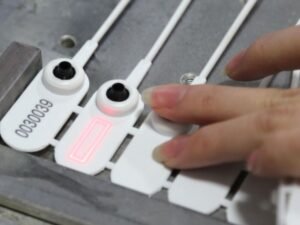
In the fields of logistics, warehousing, medical treatment and security, security seals are the silent guardians of valuables and sensitive information. And tamper-proof technology is one of the effective means for security seals to protect assets.
This guide walks you through today's most effective tamper-proof technologies - how they work, real-world use cases, and how they can significantly enhance your security strategy.
Tamper-Proof Lock Core Technology

When the security seal is fixed, there is a lock core inside, which acts as a lock and is irreversible.
The mechanism is irreparably damaged when disturbed from the outside. This mechanism ensures that any forced or tampered seal will leave obvious marks, such as the lock cylinder inside the bayonet in the following picture, which greatly improves its security. Widely used in shoes, supermarkets, medical and other fields
Dual-Locking Mechanisms: Two Layers of Defense

When it comes to safeguarding your valuables, relying on a single security measure might not be enough. That’s why Double-Lock Security Seals offer a next-level solution. By adding an extra layer of security to your existing lock, these seals make sure your assets are protected from every possible angle.
A Double-Lock Security Seal works by combining two separate locking mechanisms—one for the primary seal and an additional backup lock. This setup is designed to prevent any tampering or bypassing attempts, even if the first lock is compromised. The result? Extra protection and higher reliability against unauthorized access.
Use Case: Double-lock seals are widely used in the transportation of high-value goods such as electronics, precious metals, or pharmaceutical products.
Unique Serial Numbers and Barcodes: Small Detail, Big Protection
A unique serial number or barcode is like a digital fingerprint for each seal. It might seem basic, but this simple step prevents unauthorized seal swapping.
In the world of security seals, one small yet powerful feature makes a big difference—unique serial numbers and barcodes. They may seem like a simple print, but they are the foundation of traceability, authenticity, and tamper detection.
Every seal with a unique identifier is like giving your product a digital fingerprint. It creates a one-to-one relationship between the seal and the asset it's protecting. This prevents common fraud methods like seal swapping, reusing old seals, or creating counterfeits.
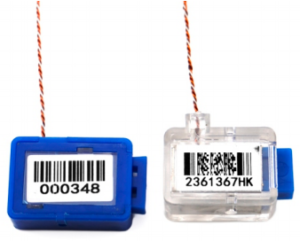
Use Case: FedEx & Global Logistics
Major logistics providers like FedEx and DHL rely heavily on serialized seals. Every time a sealed package or container passes a checkpoint—whether it's a warehouse, truck hub, or international port—the barcode is scanned and recorded.
If a seal number doesn’t match the manifest or is skipped in the scan history, the system raises a red flag for inspection. This automated verification system reduces human error and greatly improves security response times.
✅ Pro Tip: Use Globally Recognized Standards (GS1 barcode standards)
To ensure compatibility and traceability across borders, many companies use GS1-compliant barcode systems. These allow for:
Standardized global data formats
Easy integration into ERP/WMS systems
Compatibility with customs and border authorities
Faster recall or investigation in case of incidents
QR Code Technology: Seals That Talk Back
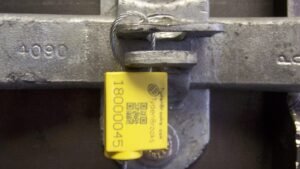
QR codes aren’t just for menus or marketing—they're becoming a powerful tool in supply chain security. When integrated into security seals, QR codes allow each seal to act as a dynamic data portal.
With a quick scan, authorized personnel can access real-time data about:
Shipment origin and destination
Seal serial number and status
Handling logs and checkpoints
Tamper detection records
Temperature or humidity logs (in cold chain scenarios)
This transforms a simple seal into a smart, trackable verification point.
Smart Seals with RFID: Tamper Detection Goes Wireless
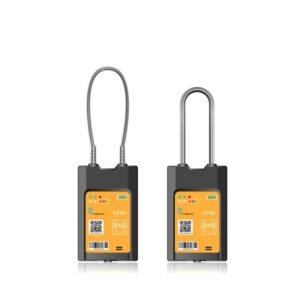
RFID (Radio Frequency Identification) technology is revolutionizing real-time monitoring and tamper detection for security seals. By embedding RFID tags into seals, companies can track the movement, status, and condition of assets in real-time, providing continuous visibility throughout the supply chain.
Scenario: Airline Industry & Global Shipments

In the airline industry, RFID-tagged seals are commonly used on checked luggage to monitor its movement through airports. However, when combined with GPS technology, these seals offer global tracking, ensuring that luggage can be tracked anywhere, from takeoff to arrival.。
Real-Time GPS Data: The GPS-enabled seals continuously transmit the precise location of the asset, providing visibility throughout the entire journey.
Tamper Detection: If a seal is tampered with or removed, the system sends an immediate alert, allowing airport security to respond swiftly.
Use Case: FedEx and other logistics giants have begun using RFID + GPS-enabled seals for high-value cargo to ensure both location accuracy and security.
RFID technology is becoming increasingly important in aviation. The International Air Transport Association (IATA) states that optical barcode scanning is the primary tracking technology used by 73% of airports surveyed. However, RFID technology, which is considered more efficient, is used by 27% of airports, with a higher adoption rate among larger airports (54%).
Conclusion
From double locking mechanisms and QR codes to RFID chips,Tamper-Proof technology is getting smarter and smarter. It will only get smarter in the future, but choosing the right Tamper-Proof technology is the most important thing to protect your valuable assets. These advanced solutions not only enhance security, but also give you peace of mind, knowing that your goods are protected at every stage and cannot be accessed by unauthorized persons.
FAQ
1. Can RFID seals be cloned easily?
Not easily. Modern RFID chips use encryption to prevent unauthorized duplication.
2. Are QR code-based seals secure?
Yes—especially when linked to backend verification systems and updated regularly.

